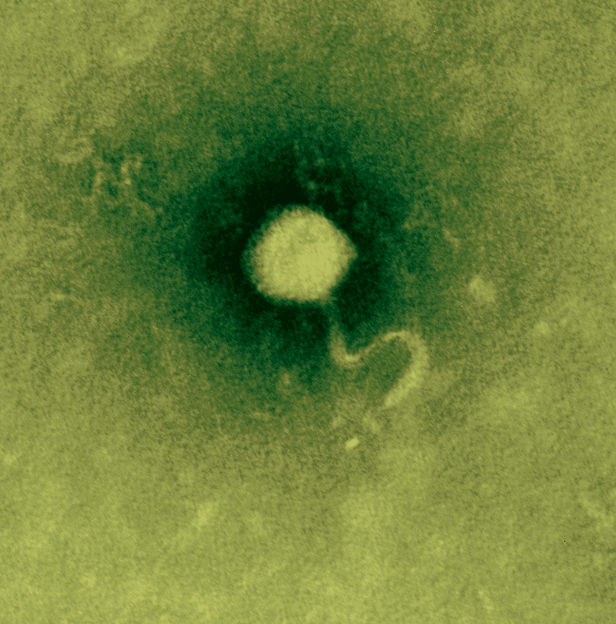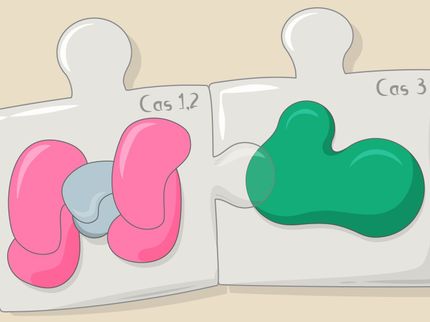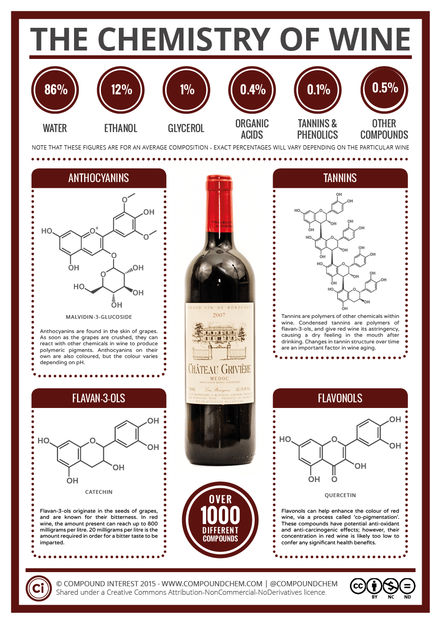Phages transducing antibiotic resistance detected in chicken meat
bacteria resistant to antibiotics are on the rise. There are different explanations for how these resistances are transferred. Researchers from the Vetmeduni Vienna found phages in chicken meat that are able to transfer antimicrobial resistance to bacteria. Phages are viruses that exclusively infect bacteria and are therefore harmless to humans. However, phages can contribute to the spread of antimicrobial resistance. These findings are not only relevant for the food industry but also for medicine. The study was published in the journal Applied and Environmental Microbiology.
Antimicrobial resistance in bacteria poses a global threat to public health. Common antibiotics are often ineffective in treating infectious diseases because pathogens acquire resistance genes. These antimicrobial resistance genes are obtained in different ways.
„The most frequent way is the transfer via mobile genetic elements such as plasmids, or via transposons, the so-called jumping genes,” explains Friederike Hilbert, scientist at the Institute of Meat Hygiene at the Vetmeduni Vienna. “Transfer of resistances via phages was thought to play a minor role so far.”
Hilbert and her colleagues isolated phages from 50 chicken samples purchased from Austrian supermarkets, street markets and butchers. They found phages in 49 samples. “Phages do not pose a risk to humans because they can only infect bacteria. No other cells or organisms can be infected.”
Their analysis showed that one quarter of the phages under study were able to transduce antimicrobial resistance to E. coli bacteria under laboratory conditions. They transduced resistance to kanamycin, tetracycline, ampicillin, and chloramphenicol. No phage was able to transduce resistance to an extended-spectrum beta-lactam resistance (ESBL).
“This mechanism could also be important in clinical settings, where multiresistant pathogens are on the rise. We assume that phages acquire resistance genes from already resistant bacteria and then transfer those genes to other bacteria,” says Hilbert. “Our results could explain why resistances spread so rapidly among bacteria.”

Elektron microscopic picture of a bacteriaphage.
Szostak/Dinhopl/Vetmeduni Vienna
Catalysts for evolution
Scientists have known for a while that phages are able to transduce genes but this was considered a rare event for genes encoding resistance to antibiotics. Newer DNA analyses show, however, that phages leave their signature in bacterial genomes. This way of transfer is presumably more frequent than thought. Phages may therefore play a major role in bacterial evolution.
Phages are more robust than bacteria
Compared to bacteria, phages are significantly more resistant to disinfectants. Alcohol, in particular, is hardly active against phages. “Common disinfection methods are often inappropriate against phages,” Hilbert underlines. The food industry and also hospitals may choose disinfectants that are active against bacteria, but might be ineffective against phages.
Focussing on phage therapy
Treating bacterial infections with phages has become a promising alternative combating antimicrobial-resistant pathogens where phages directly combat bacteria. Hilbert recommends to test therapeutic phages for their ability to transfer resistance genes. The combination of phages and multiresistant pathogens could otherwise result in a hazardous cocktail of phages transferring multiresistance genes.”




















































